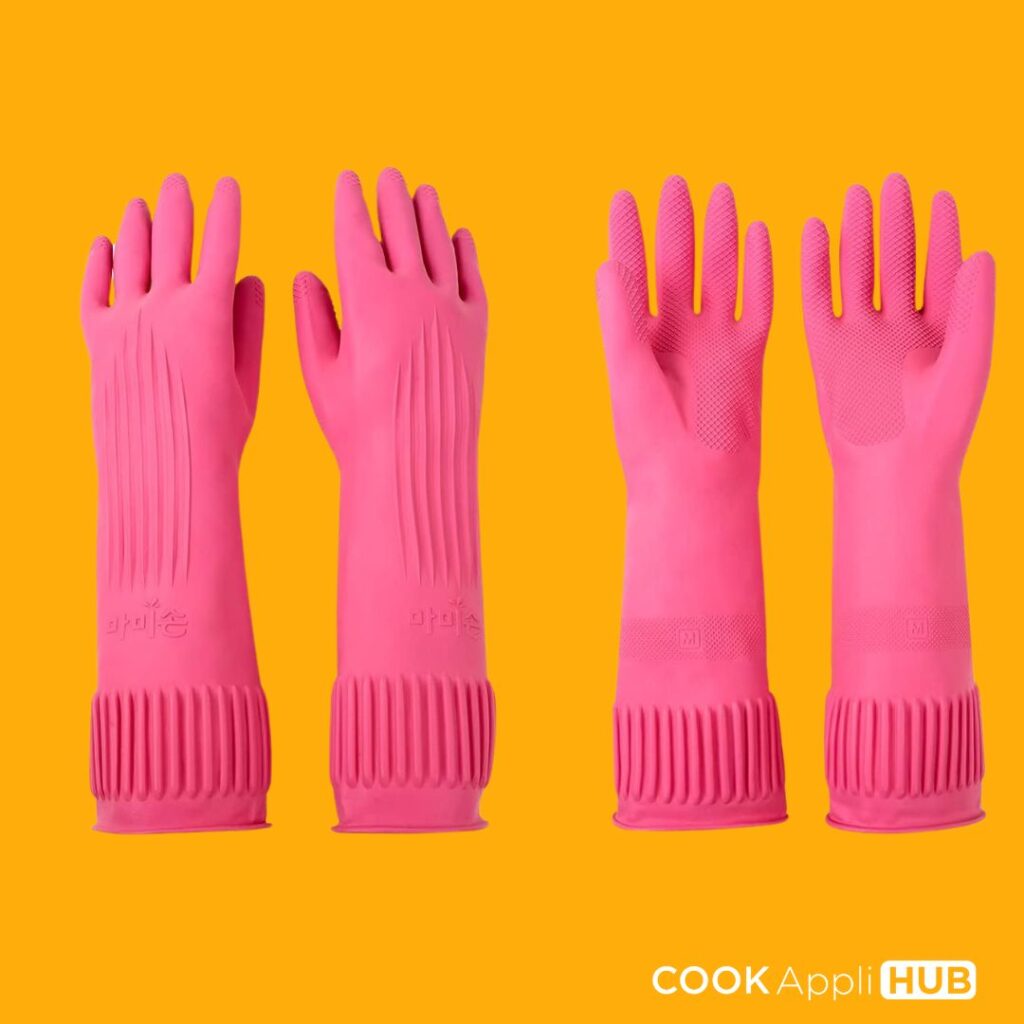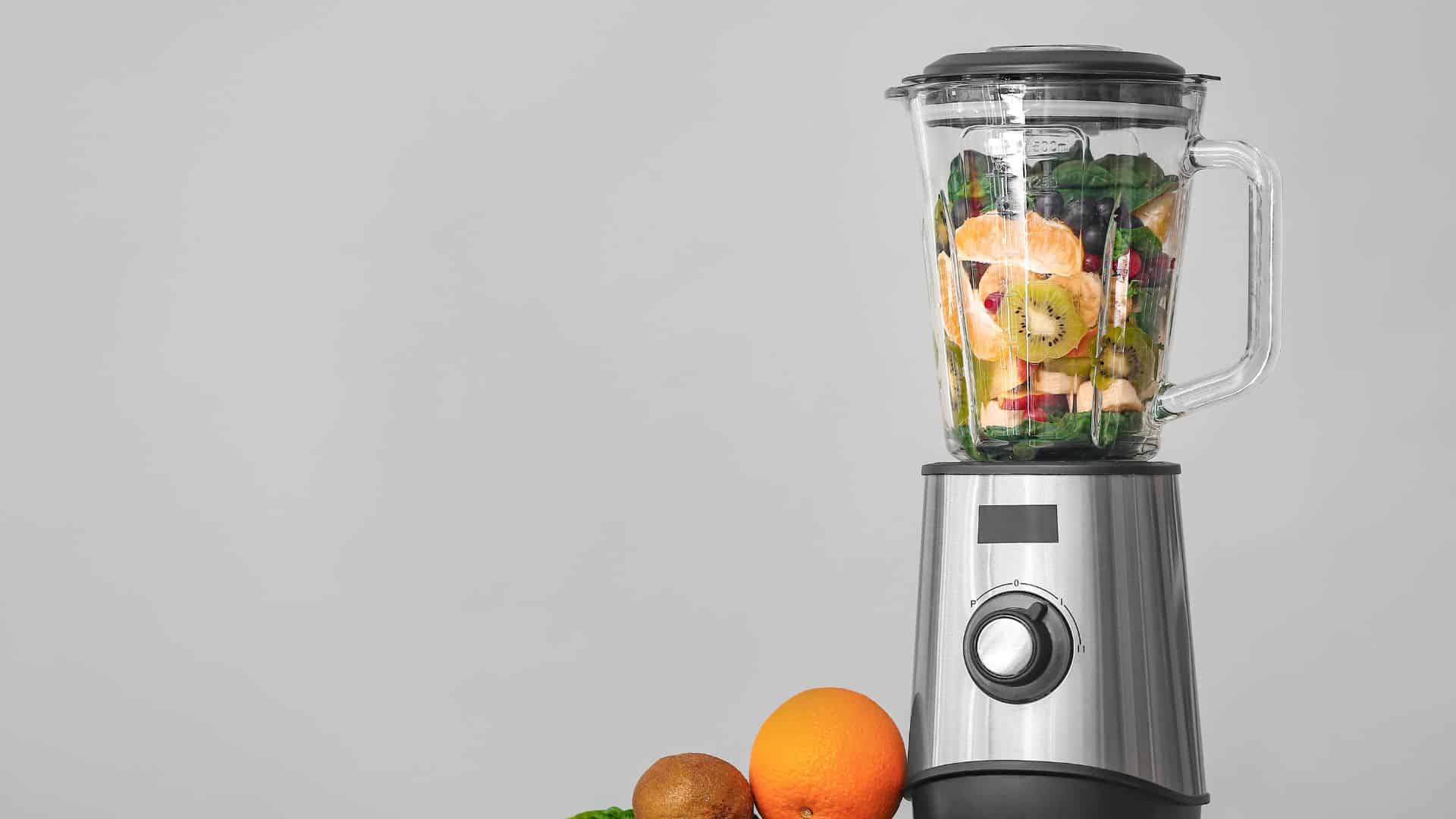In the realm of kitchen appliances, blenders hold a prominent position, offering versatility, power, and ease of use. From crafting smooth and refreshing smoothies to whipping up creamy soups and sauces, blenders have become indispensable companions for home cooks and culinary professionals alike.
However, with their powerful blades and spinning mechanisms, blenders also warrant careful attention to safety. By adhering to essential safety guidelines, you can transform your blending experiences into worry-free endeavors, ensuring culinary creations are accompanied by a sense of security.

General Blender Safety Precautions
- Unplug Before Handling: Before performing any task on the blender, such as cleaning, attaching attachments, or assembling components, always unplug the appliance from the power source. This simple step eliminates the risk of electrical shock.
- Keep Hands Clear: Never place your hands or fingers inside the blender while the blades are in motion. Even momentary contact with the whirling blades can result in serious injuries.
- Utilize the Proper Tools: When adding ingredients to the blender while it’s running, use a long-handled spatula or tamper to guide ingredients safely down into the container. Avoid using utensils with short handles or your hands, as these can get caught in the blades.
- Secure the Lid: Ensure the lid is securely fastened before operating the blender. A loose lid can allow ingredients to escape, creating a mess and potential hazards.
- Avoid Overfilling: Fill the blender container to an appropriate level, following the manufacturer’s guidelines. Overfilling can cause ingredients to spill out, potentially damaging the blender or creating a slippery surface.
- Handle with Care: When moving or transporting the blender, handle it with care to avoid dropping or damaging it. A damaged blender may pose safety risks.
Additional Safety Tips for Specific Blending Tasks
- Blending Hot Liquids: When blending hot liquids, such as soups or sauces, exercise caution. Use a heat-resistant container and gradually add hot liquids to avoid splatters and burns.
- Crushing Ice: When crushing ice, ensure the container is securely attached to the base and the lid is firmly fastened. Use the pulse function in short bursts to avoid overloading the motor.
- Cleaning and Maintenance: Always unplug the blender before cleaning. Use a soft sponge or cloth and mild dishwashing liquid to clean the container, blades, and base. Avoid submerging the motor in water.
Enhancing Blender Safety Awareness: Additional Tips for a Secure Culinary Experience

Beyond the fundamental safety guidelines, additional measures can further enhance blender safety awareness and promote a secure culinary experience:
1. Familiarity with the Blender: Before using the blender, take the time to familiarize yourself with the appliance’s features, controls, and safety instructions. Carefully read the user manual and understand the proper operating procedures.
2. Proper Supervision: When children are around the blender, ensure proper supervision. Never leave children unattended near the blender, and educate them about the potential hazards and safety precautions.
3. Inspecting Blades: Regularly inspect the blender blades for any signs of damage, such as cracks, bends, or dullness. If any damage is observed, replace the blades immediately to prevent potential hazards.
4. Secure Placement: Place the blender on a stable, level surface to prevent it from tipping or wobbling during operation. Avoid placing it near the edge of a countertop or on an uneven surface.
5. Avoid Overheating: Don’t run the blender continuously for extended periods, as this can overheat the motor and pose safety risks. Allow the blender to cool down between uses.
6. Prompt Cleaning: Clean the blender promptly after use to prevent the buildup of food particles and bacteria. This not only enhances safety but also ensures the blender remains in optimal working condition.
7. Regular Maintenance: Perform regular maintenance on the blender according to the manufacturer’s instructions. This may include lubricating moving parts, checking for loose screws, and ensuring proper blade alignment.
8. Seek Professional Help: If you encounter any electrical or mechanical issues with the blender, don’t attempt to repair it yourself. Contact a qualified appliance repair technician to address the problem.
Conclusion: A Culture of Safety
By incorporating these additional safety measures into your kitchen routine, you can cultivate a culture of safety that extends to blender usage. Remember, safety is not just about following rules; it’s about fostering a mindset that prioritizes well-being and minimizes risks.
With a commitment to safety, you can transform your blender into a trusted culinary companion, creating delicious creations without compromising your well-being.
Product Recommendations
Cuisinart EvolutionX Cordless Hand Mixer

Pros of the Cuisinart EvolutionX Cordless Hand Mixer:
- Cordless convenience: No more being tethered to an outlet!
- Rechargeable: Up to 20 minutes of continuous runtime on a single charge.
- 5 variable speeds: Perfect for any task, from delicate mixing to whipping cream.
- LED display controls: Easy to see and use.
- Removable beaters: Easy to clean and dishwasher-safe.
- Dishwasher-safe: The entire mixer is dishwasher-safe for easy cleaning.
Leadseals(R) Yellow Numbered Security Zip Ties Plastic Tamper Evident Seal Tags Pull Tite Self-Locking Disposable Safety Locks for Fire Extinguisher

Pros of Leadseals® Yellow Numbered Security Zip Ties:
Enhanced Security:
- Tamper-evident: Visible signs of tampering deter unauthorized access to fire extinguishers.
- Serial numbered: Unique identifiers track seals and discourage tampering attempts.
- Self-locking: Secure closure ensures the extinguisher remains sealed until needed.
Improved Accountability:
- Clear documentation: Serial numbers simplify record-keeping and audit trails.
- Enhanced maintenance: Easy identification of expired or tampered seals prompts timely maintenance.
- Reduced risk: Tampering can compromise fire extinguisher functionality, potentially leading to safety hazards
DABOGOSA Mamison Reusable Waterproof Gloves:

Pros:
- Double the protection: Get 2 pairs of gloves, perfect for sharing or keeping a backup handy.
- Waterproof and durable: Shield your hands from hot water, soapy suds, and cleaning chemicals.
- Non-slip grip: Hold onto dishes, scrub surfaces, and tackle greasy messes with confidence.
- Comfy fit: Stretchy and flexible material conforms to your hands for a comfortable wear.
- Reusable and eco-friendly: Ditch disposable gloves and save money while reducing waste.
- Versatile: Use them for dishwashing, cleaning, gardening, hair coloring, and more!
FAQ of Blender Safety Essentials: Essential Tips for Worry-Free Blending Experiences:
What are the most important blender safety precautions?
Some of the most crucial blender safety precautions include:
- Unplugging before handling: Always unplug the blender before performing any tasks, such as cleaning, attaching attachments, or assembling components.
- Keeping hands clear: Never place your hands or fingers inside the blender while the blades are in motion. Use a long-handled spatula or tamper to guide ingredients safely.
- Securing the lid: Ensure the lid is securely fastened before operating the blender. A loose lid can cause ingredients to escape, creating a mess and potential hazards.
- Avoiding overfilling: Fill the blender container to an appropriate level, following the manufacturer’s guidelines. Overfilling can lead to spills and damage.
- Handling with care: Move or transport the blender with care to prevent dropping or damaging it. A damaged blender may pose safety risks.
What additional tips can enhance blender safety awareness?
To further enhance blender safety awareness, consider these tips:
- Familiarize yourself with the blender: Read the user manual and understand the proper operating procedures before using the blender.
- Supervise children: Never leave children unattended near the blender. Educate them about the potential hazards and safety precautions.
- Inspect blades regularly: Check the blender blades for any signs of damage, such as cracks, bends, or dullness. Replace damaged blades immediately.
- Place the blender securely: Position the blender on a stable, level surface to prevent tipping or wobbling during operation. Avoid placing it near the edge of a countertop or on an uneven surface.
- Avoid overheating: Don’t run the blender continuously for extended periods. Allow it to cool down between uses to prevent overheating.
- Clean promptly: Clean the blender after use to prevent the buildup of food particles and bacteria. This enhances safety and ensures optimal working condition.
What should I do if I encounter blender-related safety issues?
If you encounter any electrical or mechanical issues with the blender, don’t attempt to repair it yourself. Contact a qualified appliance repair technician to address the problem.


8 thoughts on “Blender Safety Essentials: Essential Tips for Worry-Free Blending Experiences”
Comments are closed.